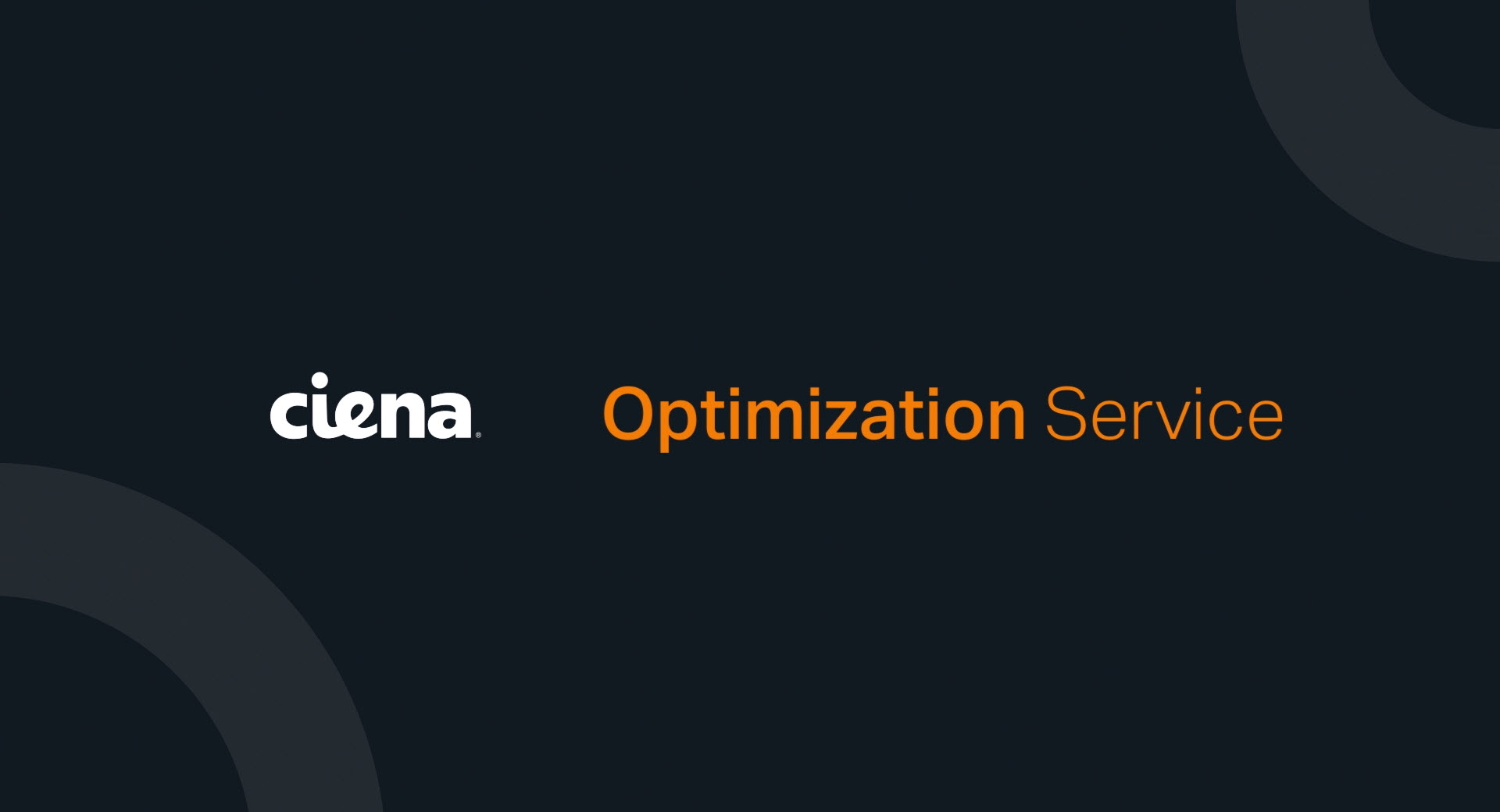How well do you (really) know your network?
 How well do you know your network?
How well do you know your network?
It’s a simple question. At least, it’s simple on the surface. Answering it can be another matter.
So, how well do you know your network, down deep, in the weeds? What about that bit-error anomaly that pops up from time to time? Could it be a pinched fiber? A fluky amplifier somewhere with outdated gain settings? How long will finding out keep you from the strategic work that makes you valuable?
We all take our jobs seriously. We’re all mindful of the link between our network’s performance and our company’s performance―and our performance. So, what would it mean to you to know everything about this network that is your professional raison d'être? What would it mean to have another set of eyes―human eyes as well as automation―enabling visibility into every component and software release, to know where things are strong, where potential faults lie and under what conditions, even down to fall-through-the-cracks details as small as fan filter maintenance? And how valuable would be a roadmap for getting there?
This is what optimization service is about. This is its raison d'être.
So, what is network optimization?
As a technology term, “optimization” can be tricky: Depending on whether you live in the transport or enterprise network space, it can mean different things.
For most enterprises―the typical multi-site organization served by an enterprise-grade WAN―what most likely comes to mind for “optimization” is WAN optimization, a hardware or virtual device that assigns different priorities to different apps and traffic. Or, it could refer to a host of tools which, while not using the word “optimization,” provide visibility to tweak app and network performance. And, in terms of a standard enterprise service, the closest thing to what the transport space calls optimization could be contained within managed network services.
For carrier transport, web-scale content delivery, and other massive-scale networks, the definition is more straightforward, even as the task becomes more complex. Optimization is generally understood to be an OEM’s experts using sophisticated tools to closely inspect and analyze their customer’s network to detect hidden trouble spots, improve Quality of Service, and recommend improvements to meet your business objectives.
Optimizing that optimization is where Ciena Services comes into play. Ciena sees Optimization Service as a white-glove professional service, with our experts leveraging their intellectual capital and advanced AI and machine-learning tools to, well, to optimize your network for better operational experience and business outcomes.
The reason you engage an optimization service isn’t really to optimize your network. Is it? The network, after all, is just a tool―an incredibly sophisticated, expensive tool―for delivering crucial services to your customers better than your competitors while driving strong results for your business. That’s why you optimize your network.
What’s in it for me?
For operators of transport, content provider, and other massive-scale networks, optimization drives direct operational and business benefits by proactively identifying and resolving potential problems, and fine-tuning performance while freeing often thinly-stretched IT staffs to focus on strategic business.
Tell me about operational benefits.
Through professional services experts harnessing the power of predictive and prescriptive analytics, optimization helps you see and understand current strengths and identify weak spots in your network. These insights can help maximize performance by enabling you to deliver more data faster and more reliably through, for instance, identifying and minimizing optical signal-to-noise ratio (OSNR) and bit error rate (BER.) They can help reveal over- and under-utilized circuits, leading to better utilization and, perhaps, enable opportunities to offer new and differentiated services to your customers.
Optimization also helps reduce downtime by putting a magnifying glass on easily overlooked maintenance details―the kind with outsized repercussions when neglected. For instance, those fans mentioned earlier draw in dust and impurities, even in clean-room environments like data centers, clogging their filters and reducing their efficiency, leading to overheating, leading to glitchy performance or failure. Do you track their maintenance? And that pinched fiber (the one optimization can quickly locate) can lead to niggling transient errors that tie up your team for weeks, keeping them from more mission-critical activities.
What are my business benefits?
Of course, the reason you engage an optimization service isn’t really to optimize your network. Is it? The network, after all, is just a tool―an incredibly sophisticated, expensive tool―for delivering crucial services to your customers better than your competitors while driving strong results for your business. That’s why you optimize your network.
Maximizing performance and minimizing potential downtime lead to reduced TCO, enhanced ROI, and faster payback. Identifying trouble spots and strengths, and potentially revealing opportunities, help reduce infrastructure costs. Teaming with highly-specialized professionals with next-gen tools directly enables more efficient IT management. And everything, in turn, leads to a more engaged and loyal customer base.
OK, I’m intrigued. What next?
Restating network optimization’s value proposition, the service drives direct operational and business benefits for operators of transport, web-scale, and other massive-scale networks, by proactively identifying potential problems and fine-tuning performance.
If you’d like to learn more, Ciena Services would love to have a conversation with you. Just click here to learn more.











